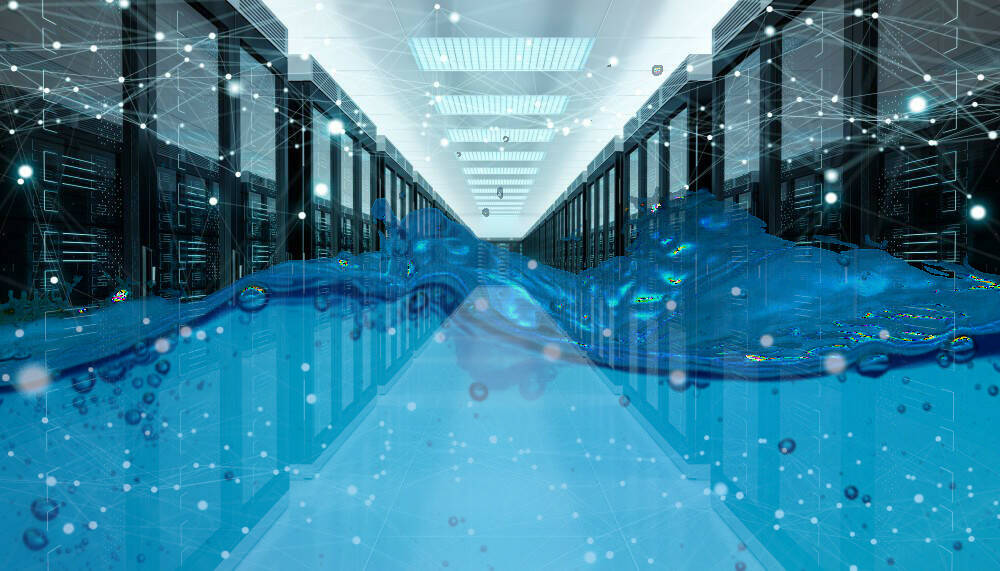GlobalConnect claims to be the first colocation provider in Europe to offer immersion-based cooling to customers, and expects to expand the service to all of its datacenters in future.
The company, a network and datacenter services provider across Northern Europe, has deployed the latest submersion cooling technology in its largest Danish datacenter and made it available to colocation customers.
GlobalConnect says the system was specially developed over 14 months in conjunction with immersion cooling specialist GRC to meet the redundancy requirements of colocation datacenters. We asked the company for more details on how its technology meets these needs. It said:
“The original design had just one CDU (Central Distributing Unit). Although that had a redundant pump setup – the piping, feeds, and heat exchanger were all single points of failure, so we developed a configuration with two CDUs – one connected to dry coolers for optimal energy efficiency, and the other connected to our tier 3 cooling ring.”
Based on customer demand, GlobalConnect said it intends to eventually roll out the tech to all of its 16 datacenters situated across Denmark, Norway, Sweden, Germany and Finland, so that all customers will be offered submerged cooling as an option.
Submerged cooling reduces the amount of power required for keeping infrastructure cool by up to 90 percent compared to conventional air cooling systems, GlobalConnect says. This should, in theory at least, allow the company to pass along savings to colocation customers.
GlobalConnect also claimed that full immersion cooling enables servers to operate at a higher temperature, making it possible to perform at a 25 percent higher efficiency rate without the risk of overheating.
“Submerged cooling is a real game changer that will change the market in the coming years, and we already see a high interest from our customer base,” said GlobalConnect Group’s Managing Director for Datacenters Luke Davies.
He claimed the technology would prove a key element in helping the company meet climate goals and also assist customers in achieving their own green targets.
The excess heat generated by infrastructure in GlobalConnect’s datacenter in Copenhagen will also be available to the nearby municipality’s district heating system, the company said.
Interest in liquid cooling has grown over the past several years, especially as the density of components such as CPUs and GPUs has made it increasingly difficult to keep systems cool using existing methods. Not surprisingly, liquid cooling was a hot topic at the SC22 Supercomputing Conference last November, with a whole host of technologies on display, as The Register reported.
Caution ahead
However, there are pitfalls to watch out for with liquid cooling, as Omdia’s Senior Principal Analyst for Data Center Physical Infrastructure, Moises Levy warned us last year.
“People sometimes don’t know they need a filtering system, they need software, they will be tracking the quality of dielectric fluids,” he said. “It’s another type of monitoring which requires higher skilled labor.”
GRC itself announced a multi-year collaboration with chip giant Intel last year to develop advanced immersion cooling techniques for datacenters. However, Intel announced in January this year confirmed it was axing a planned $700 million research and development facility that would have focused on liquid cooling technology. ®





















Discussion about this post